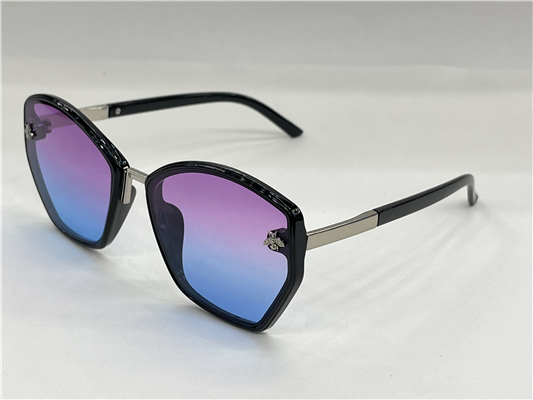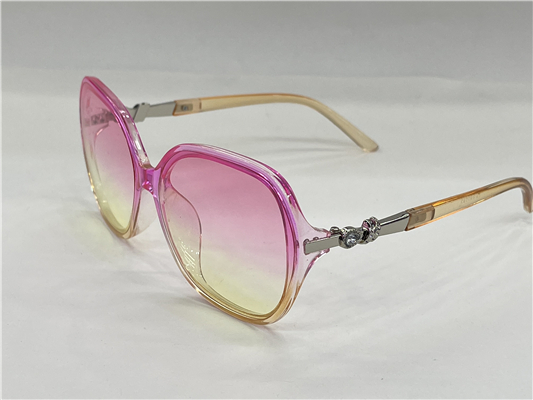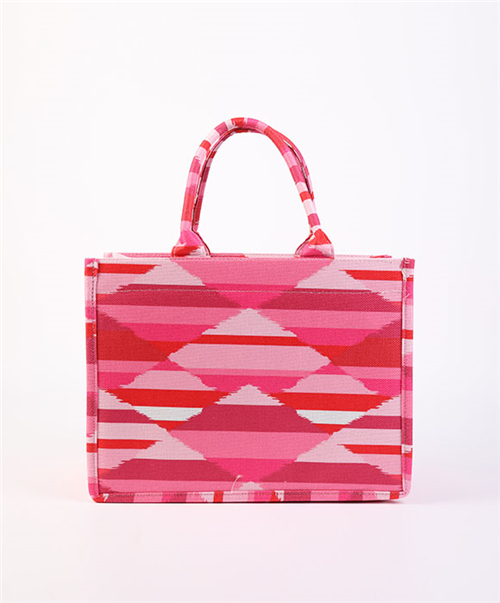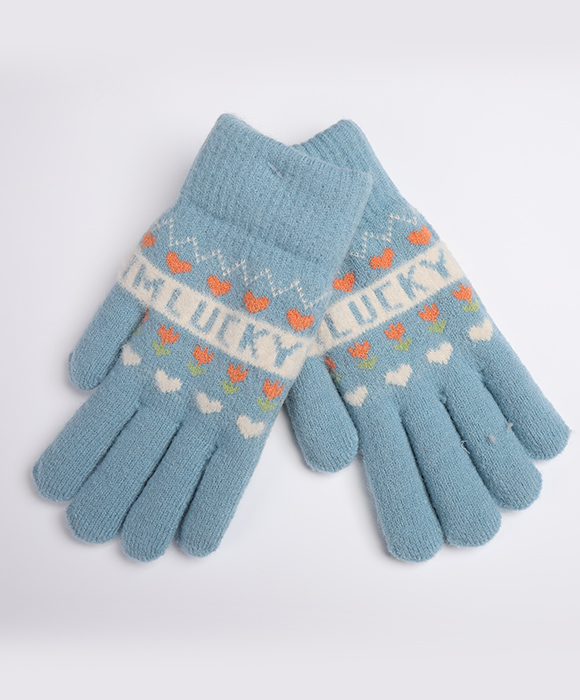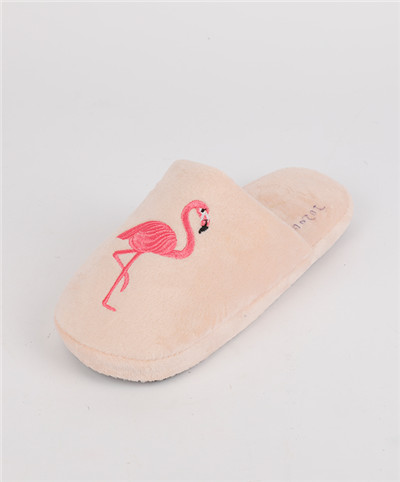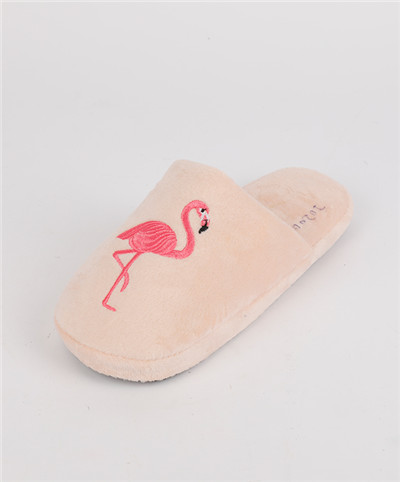Introduction
Why warm mittens are important
Warm mittens are essential during cold weather to protect the hands from frostbite and keep them cozy. When the temperature drops, our extremities are the first to suffer, and hands are no exception. Without proper protection, fingers can become numb and prone to injuries caused by the cold. This is why it is crucial to invest in a pair of warm mittens.
The benefits of knitting your own mittens
Knitting your own mittens provides a range of benefits that make it a worthwhile endeavor. Here are a few advantages of knitting your own mittens:
Customization: When you knit your own mittens, you have the freedom to choose the colors, patterns, and designs that suit your personal style. You can create unique and individualized mittens that stand out from the mass-produced options available in stores.
Quality and Durability: Hand-knitted mittens are often crafted with care and attention to detail, resulting in a higher quality product than store-bought alternatives. By carefully selecting yarns and using your craftsmanship, you can create durable mittens that will last for years.
Therapeutic and Relaxing: Knitting can be a therapeutic and relaxing activity, allowing you to unwind and reduce stress. The repetitive motions of knitting can have a calming effect on the mind, making it the perfect hobby for relaxation.
Eco-Friendly: By knitting your own mittens, you can reduce your environmental impact. Instead of supporting the mass production and distribution of store-bought mittens, you can create a sustainable alternative by using eco-friendly yarns and materials.
Overall, knitting your own mittens not only provides warmth and protection but also offers a range of benefits such as customization, quality, and eco-friendliness. So why not give it a try and discover the joy of knitting your own mittens this winter?
Choosing the Right Yarn
Understanding different yarn weights and fibers
When it comes to knitting your own mittens, choosing the right yarn is crucial. Different yarn weights and fibers offer varying qualities and characteristics. Here are some factors to consider:
Yarn weights: Yarns are categorized into different weights, such as lace, fingering, sport, worsted, and bulky. The weight of the yarn determines the thickness and warmth of the finished mittens. For colder climates, opt for heavier weight yarns that provide more insulation.
Fiber types: Yarns can be made from various fibers, such as wool, alpaca, cotton, or synthetic materials. Natural fibers like wool and alpaca are known for their excellent insulation properties and warmth. However, if you prefer non-animal-based options, there are also plenty of synthetic yarns available that can provide warmth and durability.
Selecting yarns with good insulation properties
To ensure your mittens keep your hands warm, it's essential to select yarns with good insulation properties. Look for yarns with the following characteristics:
Loftiness: A loftier yarn creates more air pockets, which helps trap heat and provides better insulation.
Fleece-lined options: Some yarns come with a built-in fleece lining or have fluffy fibers that provide added warmth and softness against the skin.
Blend of fibers: Yarns that combine different fibers, such as wool and silk or alpaca and bamboo, can offer enhanced insulation properties.
By understanding different yarn weights, fibers, and insulation properties, you can make an informed choice when selecting the right yarn for your mittens. Experimenting with various combinations can help you find the perfect yarn that not only keeps your hands warm but also matches your style and preferences. So, get ready to start knitting your own cozy and customized mittens!

Choosing the Right Yarn
Understanding different yarn weights and fibers
When it comes to knitting your own mittens, it is important to choose the right yarn. Different yarn weights and fibers offer various qualities and characteristics that can affect the warmth and insulation of your mittens. Here are some factors to consider:
Yarn weights: Yarns are categorized into different weights, such as lace, fingering, sport, worsted, and bulky. The weight of the yarn determines the thickness and warmth of the finished mittens. For colder climates, it is advisable to use heavier weight yarns that provide more insulation.
Fiber types: Yarns can be made from various fibers, including wool, alpaca, cotton, or synthetic materials. Natural fibers like wool and alpaca are known for their excellent insulation properties and warmth. However, if you prefer non-animal-based options, there are also plenty of synthetic yarns available that can provide warmth and durability.
Selecting yarns with good insulation properties
To ensure that your mittens keep your hands warm, it is essential to choose yarns with good insulation properties. Look for yarns with the following characteristics:
Loftiness: A loftier yarn creates more air pockets, which helps trap heat and provides better insulation.
Fleece-lined options: Some yarns come with a built-in fleece lining or have fluffy fibers that provide added warmth and softness against the skin.
Blend of fibers: Yarns that combine different fibers, such as wool and silk or alpaca and bamboo, can offer enhanced insulation properties.
Understanding different yarn weights, fibers, and insulation properties will help you make an informed choice when selecting the right yarn for your mittens. Experimenting with various combinations can help you find the perfect yarn that not only keeps your hands warm but also matches your style and preferences. So, get ready to start knitting your own cozy and customized mittens!
Needle Selection and Gauge
Choosing the right needle size for a warmer fabric
Selecting the right needle size is crucial in achieving a warmer fabric for your mittens. Here are some tips to keep in mind:
Larger needles: Using larger needles will result in a looser fabric, allowing more air to be trapped for insulation.
Experimentation: It may be necessary to experiment with different needle sizes and yarns to achieve the desired warmth and fabric texture. Swatching and gauge testing can help guide your needle selection.
Pattern recommendations: Pay attention to any specific needle size recommendations provided in the knitting pattern you are using for your mittens.
Importance of achieving the correct gauge for insulation
Achieving the correct gauge is essential for ensuring the insulation properties of your mittens. Here's why it matters:
Proper fit: Following the recommended gauge ensures that your mittens fit snugly and effectively trap heat.
Consistency: By matching the gauge indicated in the pattern, you can achieve a consistent fabric texture that allows for optimal insulation.
Swatching: Swatching before starting your project allows you to measure your gauge and make any necessary adjustments to needle size or tension.
Remember, achieving the correct gauge not only ensures a well-fitting pair of mittens but als

Incorporating Texture and Patterns
Using ribbing and cables to add warmth
Adding texture to knitted mittens not only adds visual interest but also contributes to extra warmth. Consider incorporating ribbing or cables in your design:
Ribbing: Ribbing is a common technique that creates a stretchy fabric. It can be done by working alternating knit and purl stitches. Ribbing helps seal the edges of the mittens, preventing cold air from seeping in.
Cables: Cables are a more advanced knitting technique but can create beautiful textured patterns. Cables involve crossing groups of stitches over each other, creating a thick and dense fabric that traps heat effectively.
Experiment with different combinations of ribbing and cables to add both style and warmth to your mittens.
Selecting stitch patterns that trap more heat
Certain stitch patterns can enhance the insulation properties of knitted mittens. Here are a few stitch patterns to consider:
Garter stitch: Garter stitch is created by knitting every row. It creates a dense and squishy fabric that offers excellent insulation.
Honeycomb stitch: Honeycomb stitch resembles honeycomb cells and has a three-dimensional texture. The multiple layers of the stitch pattern help trap more heat.
Brioche stitch: Brioche stitch is a reversible stitch pattern that creates a thick and lofty fabric. It provides extra warmth and can be combined with other stitch patterns for added visual interest.
When selecting stitch patterns, keep in mind that intricate patterns may require more advanced knitting skills. Always swatch and experiment to ensure that the stitch pattern you choose achieves your desired level of warmth and aesthetics.
Proper Fit and Sizing
Measuring hand size for the perfect fit
To ensure the perfect fit for knitted mittens, it's essential to accurately measure your hand size. Follow these steps:
1. Measure the circumference of your hand: Wrap a tape measure around the widest part of your hand, typically just below the knuckles. Make sure the tape measure is snug but not too tight.
2. Measure the length of your hand: Starting from the base of your palm, measure up to the tip of your middle finger. Keep the tape measure straight.
3. Take note of the measurements: Write down the circumference and length of your hand for reference when selecting a mitten pattern.
Adjusting patterns to ensure snugness for warmth
Once you have your hand measurements, it's important to adjust the mitten pattern to ensure a snug fit for optimal warmth. Consider the following tips:
Take into account the stretchiness of the yarn: If your chosen yarn has a lot of stretch, you may want to knit the size that corresponds to your actual hand measurements. If the yarn has less stretch, consider going up a size.
Add or remove stitches: If the pattern allows for it, you can add or remove stitches in the thumb gusset or the mitten body to get the desired snugness.
Try on your work in progress: As you knit, periodically try on your mittens to check the fit. It's better to catch any sizing issues early and make adjustments rather than end up with ill-fitting mittens.
By properly measuring your hand size and adjusting the mitten pattern as needed, you can ensure a snug and warm fit for your knitted mittens.


 English
>
English
>
 Russian
Russian
 French
French
 Portuguese
Portuguese
 Spanish
Spanish
 Japanese
Japanese
 Korean
Korean
 Polish
Polish


